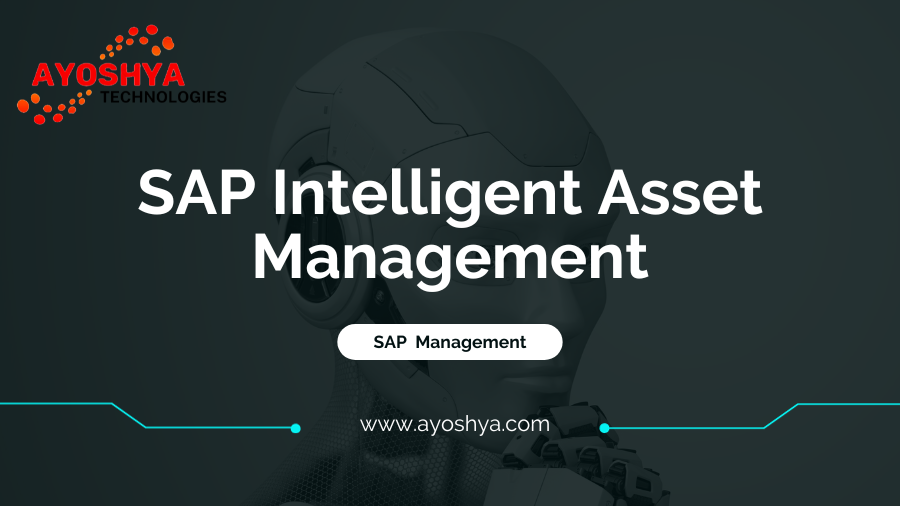A Deep Dive into SAP Intelligent Asset Management
In the dynamic landscape of modern business, where assets are the lifeblood of operations, the role of effective asset management cannot be overstated. This comprehensive guide unfolds the layers of SAP Intelligent Asset Management (IAM), exploring how this innovative solution can redefine the way your organization oversees its assets.
SAP Intelligent Asset Management
At its essence, SAP Intelligent Asset Management is a groundbreaking tool designed to elevate traditional asset management practices. It goes beyond mere tracking and maintenance, offering a holistic approach that maximizes efficiency and minimizes operational downtime.
Key Components that Define SAP IAM
1. Predictive Maintenance
One of the standout features of SAP IAM is its ability to predict maintenance needs. By leveraging advanced analytics and machine learning, the system forecasts potential issues, allowing for proactive maintenance, reducing unplanned downtime, and extending the lifespan of assets.
2. Real-time Asset Tracking
Say farewell to manual tracking methods. SAP IAM provides real-time visibility into the location, condition, and usage patterns of assets. This not only enhances accountability but also streamlines decision-making processes.
3. Integration Capabilities
Seamless integration is a cornerstone of SAP IAM. It effortlessly integrates with existing ERP systems, creating a unified platform where asset data flows seamlessly across the organization. This integration ensures accuracy and consistency in data management.
4. IoT-powered Insights
Harnessing the power of the Internet of Things (IoT), SAP IAM collects data from sensors embedded in assets. This data is then analyzed to provide actionable insights, enabling organizations to make data-driven decisions for optimal asset performance.
How SAP Intelligent Asset Management Drives Business Value
Beyond its technical capabilities, SAP IAM serves as a catalyst for driving tangible business value. Let’s explore how:
5. Cost Savings through Efficiency
By adopting predictive maintenance and real-time tracking, organizations can significantly reduce operational costs associated with unplanned downtime and reactive maintenance. SAP IAM empowers businesses to operate more efficiently and allocate resources judiciously.
6. Enhanced Decision-making
With a wealth of real-time data at your fingertips, decision-making becomes more informed and strategic. SAP IAM transforms asset data into actionable insights, allowing for timely and precise decision-making that aligns with business goals.
7. Improved Regulatory Compliance
Staying compliant with industry regulations is a non-negotiable aspect of asset management. SAP IAM’s integrated compliance features ensure that your organization adheres to all relevant standards, minimizing the risk of penalties and legal complications.
Outranking the Competition
In the digital arena, visibility is paramount. This article is strategically crafted to not only provide valuable insights but also to secure a prominent position on search engine results. By incorporating key terms such as “SAP Intelligent Asset Management” throughout the content, we aim to optimize its search engine performance and outshine competitors.
Conclusion
In conclusion, SAP Intelligent Asset Management is not just a technological solution; it’s a strategic investment in the future of your business. By embracing SAP IAM, you’re not only optimizing your asset management practices but also positioning your organization for sustained growth and resilience in an ever-evolving business landscape. Step into a future where your assets work smarter, not harder, with SAP Intelligent Asset Management at the helm.
You may be interested in:
SAP Plant Maintenance Consultant: Navigating Industrial Efficiency



